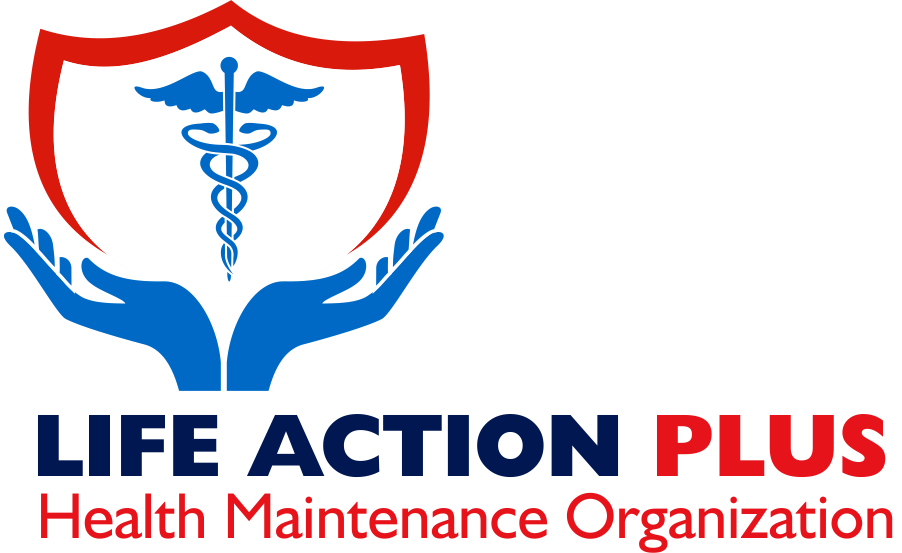Cracked heels, though common, are not something to be taken lightly. They happen when the skin at the bottom of the feet becomes dry, thick, and begins to split. At first, these cracks might seem like a minor inconvenience—but when ignored, they can become painful, start to bleed, or even lead to serious infections.
What Causes Cracked Heels?
The condition usually starts with dry, hardened skin around the heel—known as calluses. As more pressure is placed on the feet while walking or standing, the fat pads underneath the heels expand, causing the calluses to crack.
Several factors make cracked heels more likely:
- Standing for long hours, especially on hard surfaces
- Wearing open-back or unsupportive footwear
- Walking barefoot frequently
- Carrying excess weight
- Taking hot, prolonged showers
- Having chronic conditions like diabetes
Without care, these cracks can deepen. In some cases, they begin to bleed or become infected. For someone with diabetes, cracked heels could even lead to serious complications like foot ulcers.
Recognizing the Symptoms
Cracked heels don’t just affect appearance. They bring discomfort too. The most common signs include:
- Dry, flaky skin on the heel
- Pain or discomfort while standing or walking
- Itchiness in the affected area
- Cracks that may bleed
- Redness, warmth, or swelling—potential signs of infection

Why Treating Cracked Heels Matters
Ignoring cracked heels won’t make them go away. In fact, it can make things worse. Untreated cracks can grow deeper and become more painful. Open cracks allow bacteria to enter the skin, raising the risk of infection—particularly dangerous for anyone with diabetes. If left too long, the only solution may be frequent medical treatments or even wound care.
Prevention: The Smart Way Forward
Cracked heels can be avoided—and prevention is simpler than treatment. Here’s what helps:
- Moisturize daily using a rich, urea-based cream to keep the skin hydrated (avoid applying between the toes).
- Check your feet regularly to catch cracks before they worsen.
- Choose supportive footwear that protects the heel and avoids dryness. Ditch flip-flops and open-back shoes when possible.
- Wear socks or stockings to reduce friction and lock in moisture.
- Avoid long periods of standing, especially on hard floors.
- Stay hydrated by drinking plenty of water each day.
The Bottom Line
Cracked heels may start small, but they shouldn’t be ignored. With the right habits and a little daily care, anyone can keep their feet smooth, healthy, and pain-free. Don’t wait for discomfort to take the first step—start caring for your heels today.


